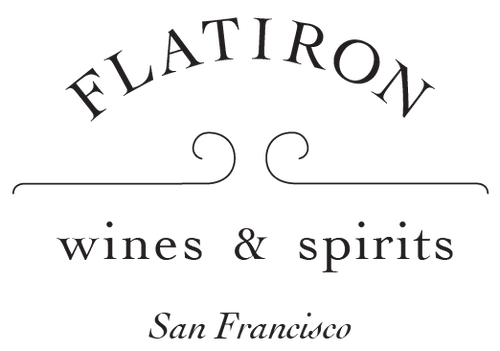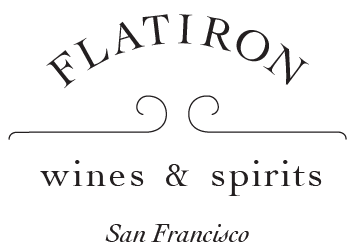Goyo Garcia
In Spain’s Ribera del Duero, a region dominated by dense, powerful, and oftentimes anonymous wines, Goyo García’s singular style is a breath of fresh mountain air. His are unabashed “mountain” wines: lucidly fresh and deeply... Read More
In Spain’s Ribera del Duero, a region dominated by dense, powerful, and oftentimes anonymous wines, Goyo García’s singular style is a breath of fresh mountain air. His are unabashed “mountain” wines: lucidly fresh and deeply mineral, but structured for food and/or aging.
García is taking the path less traveled, making red wines from a blend of red and white grapes. He didn't choose this method to break out of the box, but instead because his three tiny parcels of old vines reach back to a previous era where interplanting across color boundaries was more common. These beautiful 21st-century renditions make one wonder how this went out of fashion in the first place. What can we say, it was the ‘80s and Points were everything.
These old parcels have something even more important going for them: terroir. In the old days, only select plots of land in the Duero were planted to vines. These majuelos or vine islands were set in a sea of cereal crops. When Ribera del Duero started to get more popular, that sea receded as vineland overtook it. But what was lost was the old wisdom about the site selection for the vines, based on subtle differences in elevation, aspect, and soil. When Garcia came back to his native Ribera del Duero, it was clear to him that the old parcels were the future.
The wines also tick a lot of the “natural wine” boxes: organic viticulture, hand harvesting, wild-yeast fermentation, little to no SO2—but the wines come across as traditional and classical. Inspired by the wines of Pierre Overnoy in the Jura (his mother's hometown boasts a wine bar run by a Jura nut), Goyo set out a little over a decade ago to show the beauty and potential of his native Duero through a similarly pure lens. He has now truly hit his stride—taste and you will believe.


